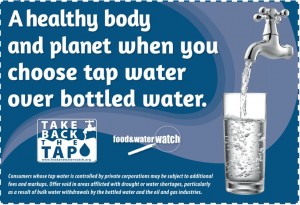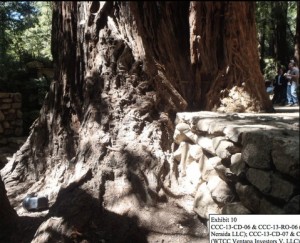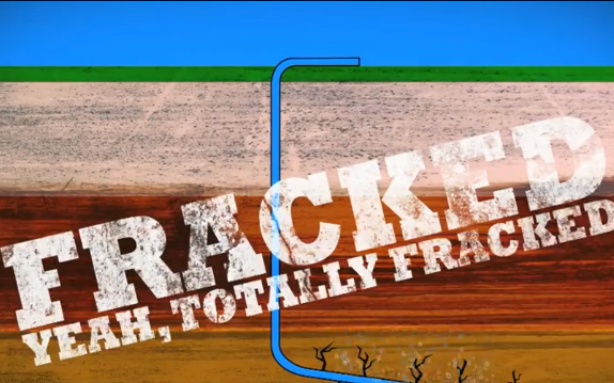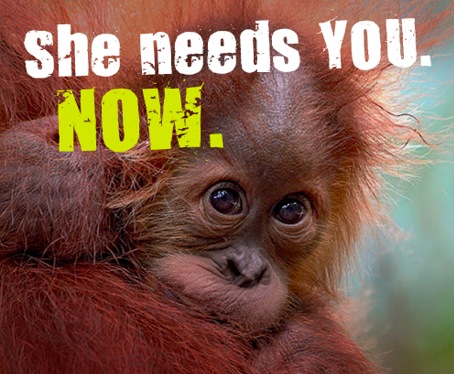 Check back for updates throughout the month.
Check back for updates throughout the month.
Green Drinks 3 meets in Newark, Paterson-Clifton and Hackensack
 Green Drinks are events – not a type of drink. They’re informal gatherings where people get together and chat about green and sustainable issues in our communities. Everyone is welcome and there is no admission fee. Pay for the food and drinks you order at the restaurants where we meet.
Green Drinks are events – not a type of drink. They’re informal gatherings where people get together and chat about green and sustainable issues in our communities. Everyone is welcome and there is no admission fee. Pay for the food and drinks you order at the restaurants where we meet.
Green Drinks Newark 1st Mondays
(01 April 2013 @ 7-9pm)
Rio Rodizio
1034 McCarter Highway, Newark, NJ
Green Drinks Hackensack 2nd Mondays
(08 April 2013 @ 7-9pm)
Choripan Restaurant
76 Main Street (corner of Bergen St. aka Bridge St.), Hackensack, NJ
Green Drinks Paterson-Clifton
3rd Tuesday Lunch (16 April 2013 12-1:30pm)
Sultan Restaurant
429 Crooks Avenue, Clifton, NJ
Bergen CC NAACP screens Half the Sky
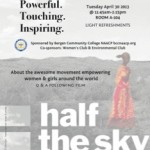 Tuesday 29 April @ 11:45am
Tuesday 29 April @ 11:45am
Bergen Community College
400 Paramus Road, Paramus NJ
Room A-104 in the Student Center
Read about it
27th Annual Stand Up for New Jersey Conference: Fighting for Clean Water, Air & Land
Stand Up for New Jersey! Learn about the most pressing environmental issues facing New Jersey in our exciting workshop sessions. The day also includes coffee and continental breakfast, environmental awards, lunch and a wine & cheese reception.
Saturday 06 April 2013 @ 8:30am-5pm
Georgian Court University
900 Lakewood Avenue, Lakewood Township, NJ
Tickets only $25 if you register now!
Featured Speaker: State Senator Barbara Buono
Workshop Sessions
- Occupy Main Street, Occupy State Street with Tracy Carluccio of Delaware Riverkeeper Network and Clean Water Action’s national board chair David Tykulsker.
- Climate Change Hits Home with Dr. Laumbach, MD of EOHSI and Dr. Kennish, PhD of the Institute of Marine and Coastal Sciences at Rutgers University.
- We All Live Downstream with Brick and Jackson Township Municipal Utilities Authority.
- NJ’s Green Energy Future with Stephanie McClellan of the Atlantic Wind Connection.
- Sustainable Water & Green Infrastructure with Meishka Mitchell from the Camden SMART Initiative and Cooper Robertson’s Earl Jackson, IV and William Kenworthey.
- Zero Waste with zero waste consultant Priscilla Hayes and Laura Petit of New Paltz, NY.
- “Just Say No” Environmental Justice workshop with Henry Rose of the NJ Environmental Justice Alliance and Dylan Hawkins, Senator Weinberg’s legislative director.
- Sustainability Tour of Georgian Court University (GCU) with GCU’s Director of Sustainability Dr. Louise Wootton and the Bus for Progress.
Statewide immigration reform rally at Jersey City State Park
Brothers and sisters Come with us, join us, and send this message to the President and the Congress “that we are united workers fighting for a Humane Immigration Reform that keeps family together! There will be a march on Liberty State Park in Jersey City to make our collective voices heard, this means that all New Jersey will be participating. Working People of NJ, from East and West, around North and South, all will be marching to demand that President Obama and Congress act quickly and pass a fair immigration reform package this year. We must make a single voice and stay strong to win this fight.
Saturday 06 April 2013 @ 12pm
Jersey City State Park
Directions by public transportation:
PATH subway to Pavonia/Newport or Hoboken.
Then take the Light Rail to Liberty State Park.
For more information
Elizabeth NJ: Rev. Ramon Collazo 908 209 0335 | Maritsa Loaiza 848 203 4310
Morristown area: Morris County Hispanic-American Chamber of Commerce 973 818 2666
SEIU NY & NJ
Strategy meeting for actions to stop Tennessee Gas Pipeline
Join Food and Water Watch Bergen/Passaic Group and our allies for the next meeting to stop the Tennessee Gas Pipeline! We’ll be discussing important campaign updates, planning next steps and continuing to build our local movement for a livable future. New members are always welcome!
Sunday 07 April 3:30-5pm
St. Mary’s Church, 25 Pompton Ave, Pompton Lakes NJ (Ground Floor of the School Building)
Who: You, your family, friends and neighbors!
For more info contact Matt Smith, North Jersey Organizer of Food & Water Watch 201.321.1967
Film:
The Highlands Rediscovered
Presented by the New Jersey Highlands Coalition and the League of Women Voters of Ridgewood
Thursday 11 April 2013 @ 7-8:30pm
Lester Stable, Maple Avenue, Ridgewood
Free and open to the public!
This informative 30-minute documentary, shot beautifully in high-definition, explains the history of the Highlands region and why it became the source of clean drinking water for more than half of New Jersey’s population. The film shows how the ecological functions of the Highlands forests cleanse rain as it percolates into underground aquifers and ultimately, out into surface reservoirs. It also speaks about the challenges the Highlands region faces to retain forests so essential to the state’s health under great pressure to develop the land.
Following the film, Erica Van Auken and Elliott Ruga of the NJ Highlands Coalition will host an audience discussion and answer questions. For more information contact: Erica Van Auken 973-588-7190 or erica@njhighlandscoalition.org
State controlled school district advocates hold public meeting
The attack on public education is serious locally,statewide and nationally. Until we all come together and work collectively to stop school closings and gain local control and elect individuals who’s number one agenda is to strengthen and empower the community. Come and join Newark, Jersey City, Paterson and Camden along with other cities. Together we can and will make a change. Light refreshments served.
Saturday 13 April 13 2013 @ 10am-1pm
Africana Institute or Essex County College
303 University Avenue, Newark, New Jersey 07102
RSVP to Sharon Smith Ssmith@Pulsenj.org or Johnnie Lattner Jlattner@Pulsenj.org
Kokokidz Latino Youth Peer Empowerment Group Meetings
Kokokidz meets once or twice a month in north Jersey. If you’re a Latino student junior high school through college age, Kokokidz will help empower you to make positive change happen in your school and community. Young Latinos support each other in the areas of career, education, applying for scholarships, civic engagement, sustainability practices and cultural preservation. We’re also seeking mentors who can interact with Kokokidz members and provide career and education advice.
Kokokidz General Meeting
Sunday 14 April 2013 @ 6-8pm
Villa de Colombia
12 Mercer Street, Hackensack, NJ
The group will choose an Earth Day activity and look at scholarships, summer internships.
Kokokidz Meets with Mentors and Gets A Finance Lesson
Sunday 28 April 2013 @ 6-8pm
Location TBA
Dennis Bedoya of 1st Jersey Federal Credit Union will give a half-hour presentation about money management and why credit unions can do more for our communities than traditional banks. Mentors will get to know the Kokokidz members.
Kokokidz Contacts
Ivan Wei 201-688-0036 @ivanwei
Luis Ariel Lopez Wei @lalwei
Mentors Needed!
If you’re available as an adult mentor please contact our advisor Kimi Wei via Facebook or Twitter to chat about volunteer opportunities.
Community Service We are looking at different types of community service opportunities. If you have a cause or event you’d like Kokokidz to engage with please share details.
Kokokidz is helping with the movement to Close New Jersey schools on Martin Luther King Jr. Day https://www.facebook.com/pages/Close-NJ-Schools-on-MLK-Jr-Day/276810379041778
Film: Food, Inc. in Paterson
Watch Food, Inc. and learn if Big Ag is putting profits over people
Wednesday 17 April 2013 @ 5pm
Paterson Free Public Library
250 Broadway, Paterson NJ
 People have no idea how bad bottled water is – for the health of the world, their communities and their bodies. Bottled water is also a social justice issue.
People have no idea how bad bottled water is – for the health of the world, their communities and their bodies. Bottled water is also a social justice issue.
